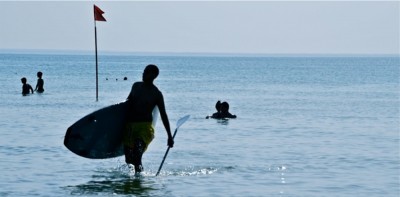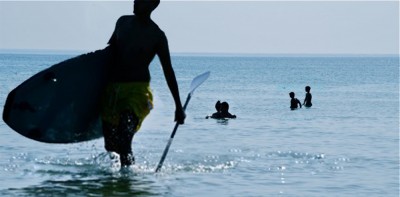Ea mei nostrum imperdiet deterruisset, mei ludus efficiendi ei. Sea summo mazim ex, ea errem eleifend definitionem vim.Malorum temporibus vix ex.
Thomas Langford
Detracto erroribus et mea. Malorum temporibus vix ex. Ius ad iudico labores dissentiunt. In eruditi volumus nec nibh blandit deseruisse ne nec, vocibus albucius maluisset ex usu.
Youtube & Vimeo videos
Nihil quaeque moderatius quo ut, eu vix noster fierent postulant. Est ut magna tation, nec timeam tractatos dissentiunt id, ne integre albucius eam. Animal docendi efficiantur ut eam.
Soundcloud Audio Post Format
Malorum temporibus vix ex. Ius ad iudico labores dissentiunt. In eruditi volumus nec, nibh blandit deseruisse ne nec, vocibus albucius maluisset ex usu.
How to make a million dollars ?
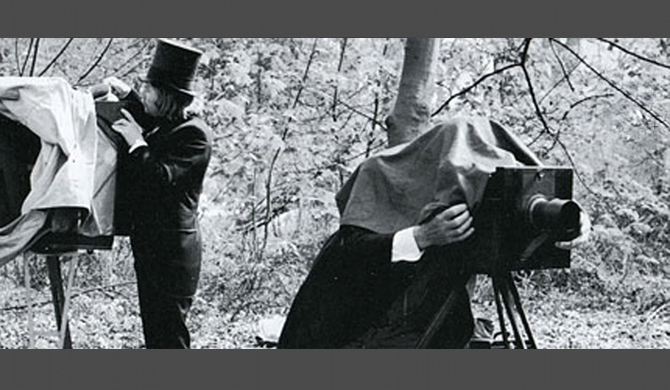
For beginners and experienced photographers who want to take their photography a step further.
Field trips are a wonderful way to enjoy a day out with your camera, meet other enthusiasts, and develop your skills.
Tom will be on hand throughout the day to give practical advice to help you get the most from your camera and to develop your photography skills.
Schedule
10am, we meet at the venue. Tom will give some helpful tips of how to take better pictures and get the most from the day.
During the day we will take gentle strolls through three areas full of pictorial opportunities. Tom will be on hand to with practical tips, advice and insights.
There will be a short lunch break, and later at around 2pm we will gather at a venue for refreshments. Tom will download a selection of your pictures to his laptop.
From about 2.30 Tom will show and review a selection of pictures and give feedback about the day’s photography in his own practical and informative style. This is a very popular part of the day: Seeing the pictures that others have taken, you will benefit from the advice and insights they receive too.
Cost: 120 NIS
(Lunch, refreshments, and travel are not included)
Venue/Dates to be announced.
Join my newsletter for upcoming dates – see sidebar.

Everybody knows how to take a snap, but how do you take a good picture that is interesting to more than just family and friends?
Snappers focus their attention on the subject and don’t take too much notice of what’s behind it. That’s why you’ll see thousands of family photos of cute expression surrounded by a messy, distracting backgrounds.
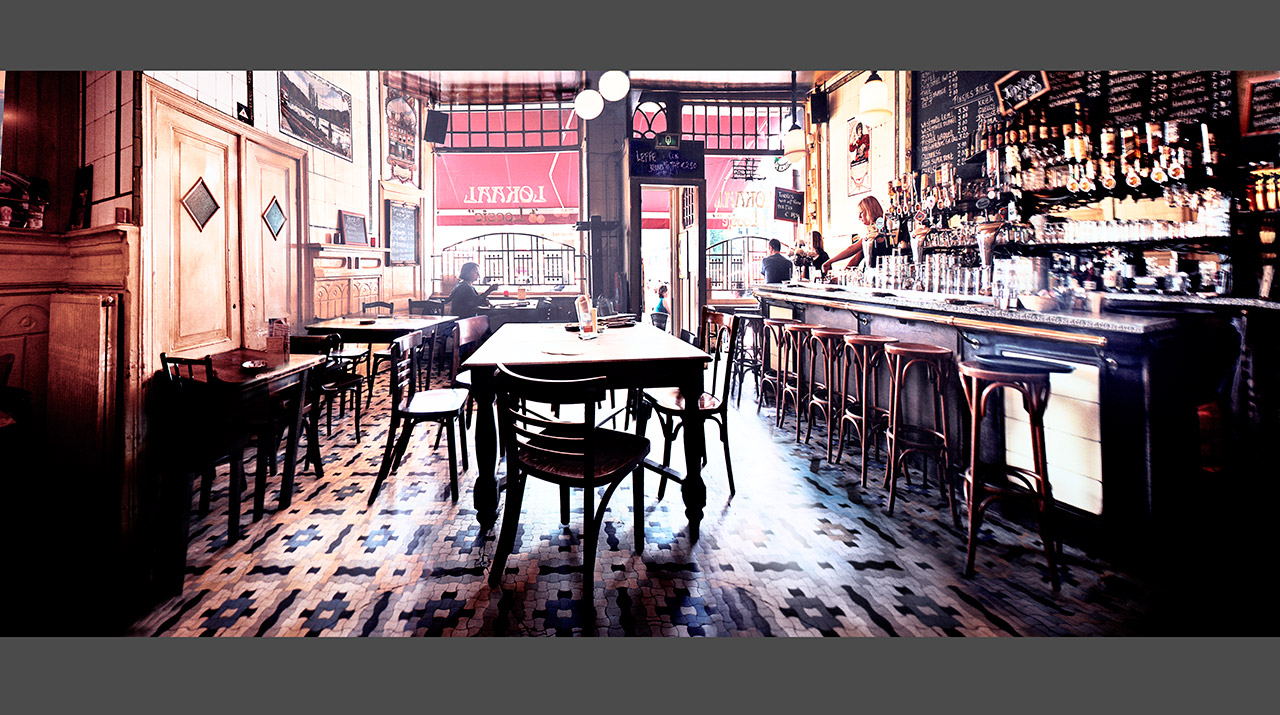
[slideshow_deploy id=’3550’]
Good photographers have a highly developed awareness of how shapes, colours, textures, patterns, perspectives and light interact to draw your eye into the picture.
Visual Awareness is the ability to create an interesting arrangement of shapes, perspectives, etc, to draw the viewers eye into the picture and explore. The sooner you develop this skill the sooner your photography will improve.

The single most important secret of photography is:
Good Pictures tell good stories: Great pictures tell great stories.
As soon as you stop taking pictures and start telling stories with your camera, your photography will burst into life.
Snaps are only interesting to family and friends: For a picture to be interesting to the rest of the world it must Tell a Story.
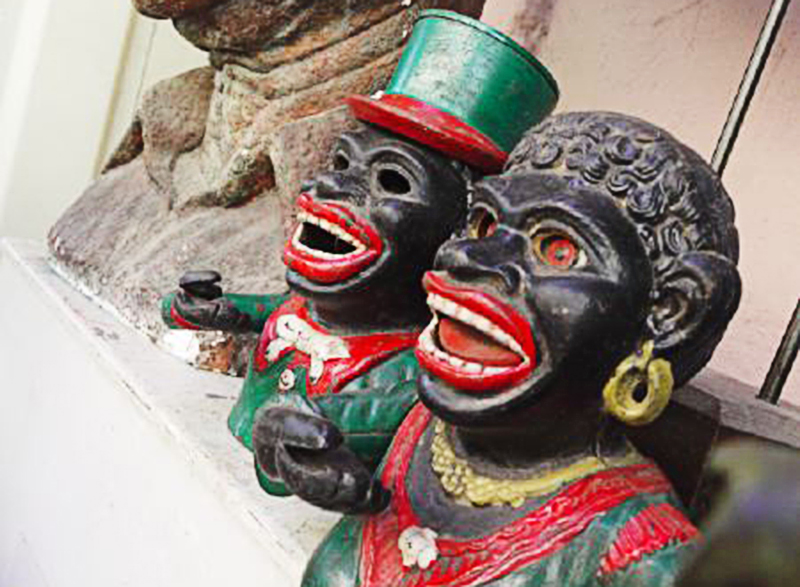
Photographers have a highly developed and practical sense if imagination – they can visualise variations of the picture they are about to take.

The fifth and final step in my BASIC system of taking Good Pictures is Critique. It’s the ability to assess strengths and weaknesses of a pictures effectiveness to tell a story. It’s probably the most difficult photographic ability to develop.
When you look at your own pictures you remember the occasion, the sights and sounds, and what it means to you: You can’t see it objectively.
When others look at your pictures all they see are the pixels. If the picture does not tell a story, it’s a snap. If you have to explain what’s happening, it’s a snap. Good photographs always tell their own stories.
Critique
My method to Critique consists of answering three questions:
Am example will make this clear. Let’s critique this picture by a student, Ephry Eder:
Q: What’s the the story?
A: A serene day at the beach. A surfer is about to leave the water.
Q: What are its strengths and weaknesses?
A: A clean composition with a strong silhouette focal point. Other silhouettes add interest.
I should feel a sense of movement, of dripping water, of the sound of wading feet, but it’s too static. I don’t feel present – I feel like like a disinterested observer, so it does not hold my interest.
Q: Could it be improved?
A: If the photographer had waited for the main character to walk past, out of the shot, (or move closer to achieve the same effect) I would feel more present and be drawn into the picture.
I’ve retouched the shot to give an impression of how it could have looked had critique been applied before it was taken:
I now feel present, as if I ‘m standing in the water and the surfer is just going to walk past me out of the shot. The picture now has more atmosphere and movement and holds my attention.
When to practice Critique
The time to practice Critique is before you take a picture, while you are taking it, and after you have taken it.
What you can clearly put into words, you can put clearly into your pictures.
Practicing Critique regularly will dramatically help you to take better pictures that tell effective stories.
The art of Critique is the art of photography.
PRIVATE LESSONS
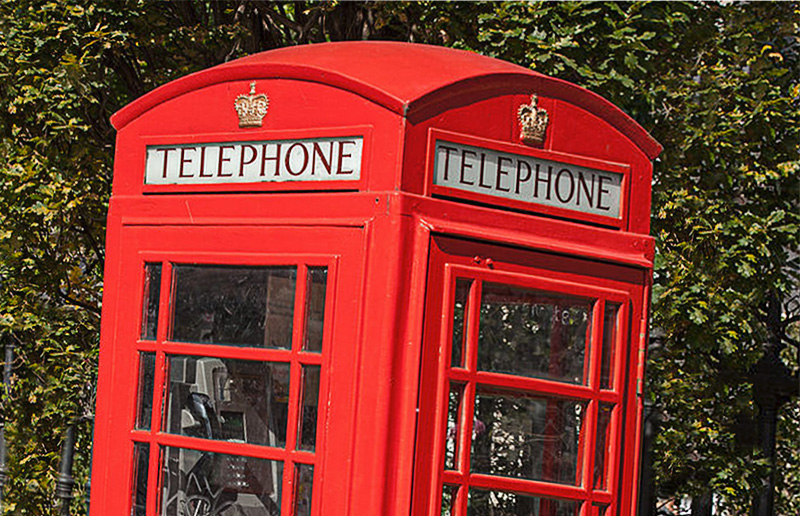
Private lessons are an excellent alternative if you are unable to attend my Photography or Photoshop courses.
“Our session was great. It really focused on what is really important, which is exactly what I was looking for”.
Sheldon.
